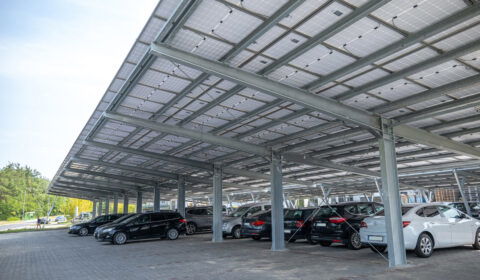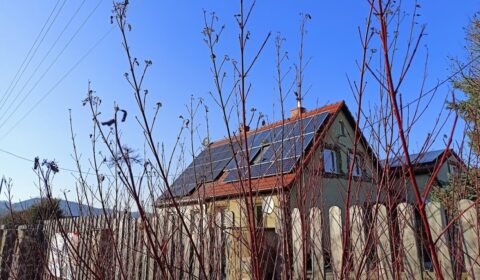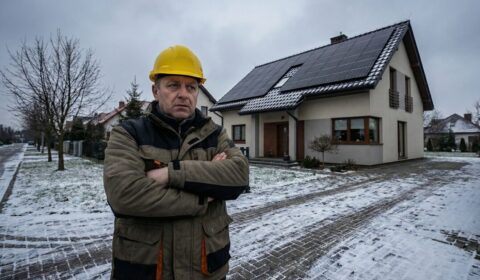Szkocja
Scotland aims to be the first part of the UK to host “subsidy-free” onshore wind under an ambitious new draft energy strategy that also sees a big role for offshore turbines.
The draft plan sets a new overall goal of meeting 50% of the total energy needed for Scotland’s power, heat and transport from renewables by 2030.
That beefs up the country’s existing target to meet 100% of its power needs from renewables by 2020. It had already achieved a 60% power share by the end of 2015.
With 5.8GW in place, Scotland boasts the majority of the UK’s onshore fleet, and the devolved government in Edinburgh run by the Scottish National Party has remained strongly committed to land-based turbines. That has brought it into conflict with the current UK government in London, which has barred onshore wind from future support rounds.
The Scottish government said today it will consult on the future role of onshore wind in the country, “reinforcing Scottish Ministers’ commitment to this now well-established technology and setting an ambition to make Scotland the first area in the UK to host subsidy-free onshore wind”.
The draft plan also sees a big role for offshore wind, where the country has especially high hopes for floating wind power – the world’s first commercial floating project, Statoil’s 30MW Hywind Scotland, is being built off the northeast coast.
Last August the country’s offshore wind ambitions suffered a major setback when bird charity RSPB won a court challenge to consents for 2.3GW of projects, leaving them in limbo.
Scottish energy minister Paul Wheelhouse today said the government is confident of overturning that verdict. „We believe our legal case on offshore wind is real and we will defend it in court in the appeal case to be heard next month,” he said.
On the wider energy strategy – which also sets out Scotland’s ambitions for storage – Wheelhouse said: “In particular, the renewable energy sector, which now employs more than 11,000 people in Scotland, and which has been a major driver of Scotland’s economy in recent years, has the potential to grow even further, helping us meet our climate change targets through extending our success in decarbonising electricity supplies to secure a step-change in decarbonising energy for heat and transport.”
Jenny Hogan, director of policy at industry body Scottish Renewables, said: „This is a landmark moment in Scotland’s transition to a low-carbon economy.
“The new draft strategy shows that Scotland is serious about building on the fantastic progress made in renewable power over the past decade and maintaining our position as a global leader in green energy.”
Hogan added: “Setting a new target for renewables to deliver half of our energy needs by 2030 sends a strong signal that renewable energy will be at the heart of Scotland’s economy and is key to meeting our climate change targets at lowest cost.
“While ambitious, the target is achievable but absolutely depends on the right support from both the UK and Scottish governments.”


























































